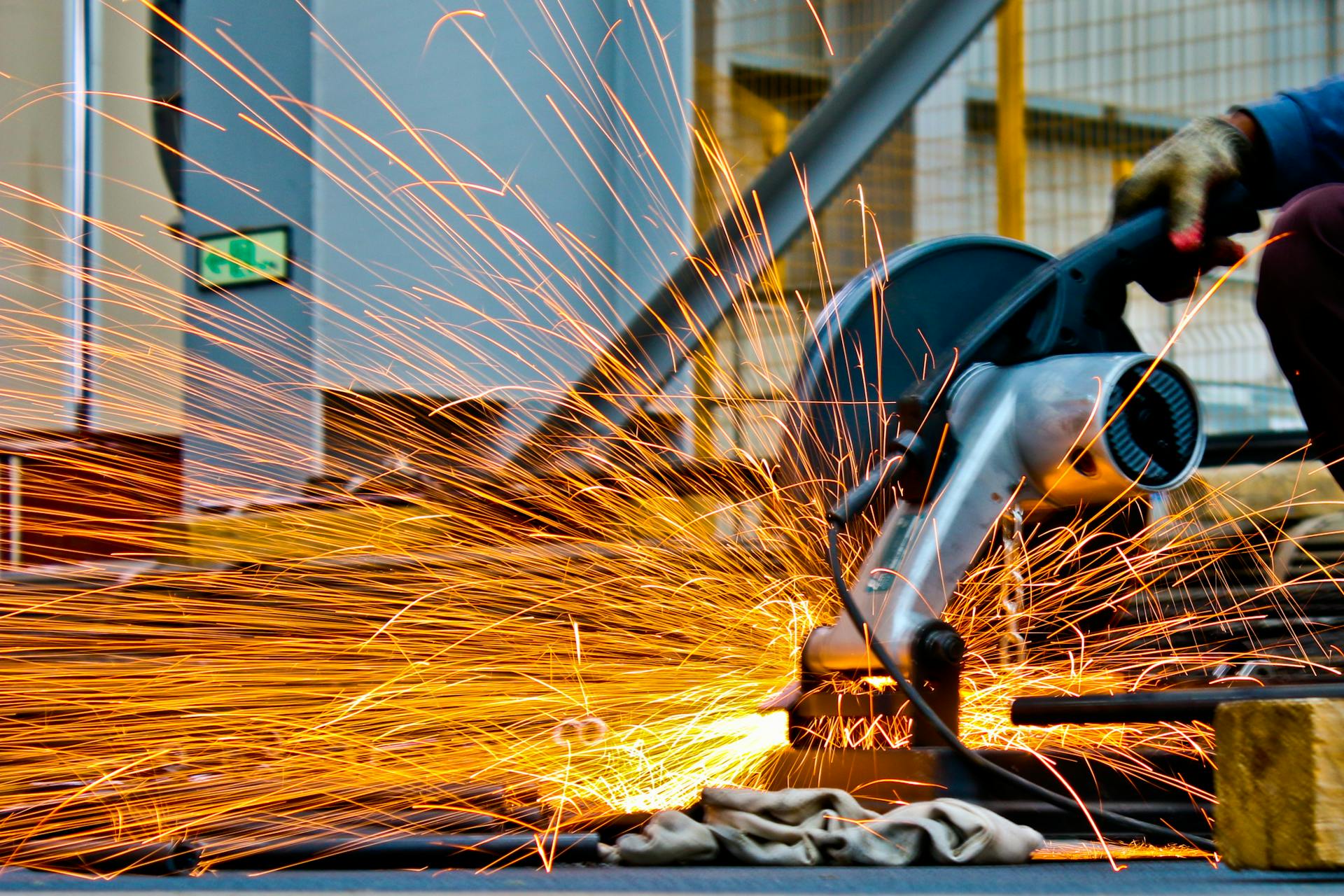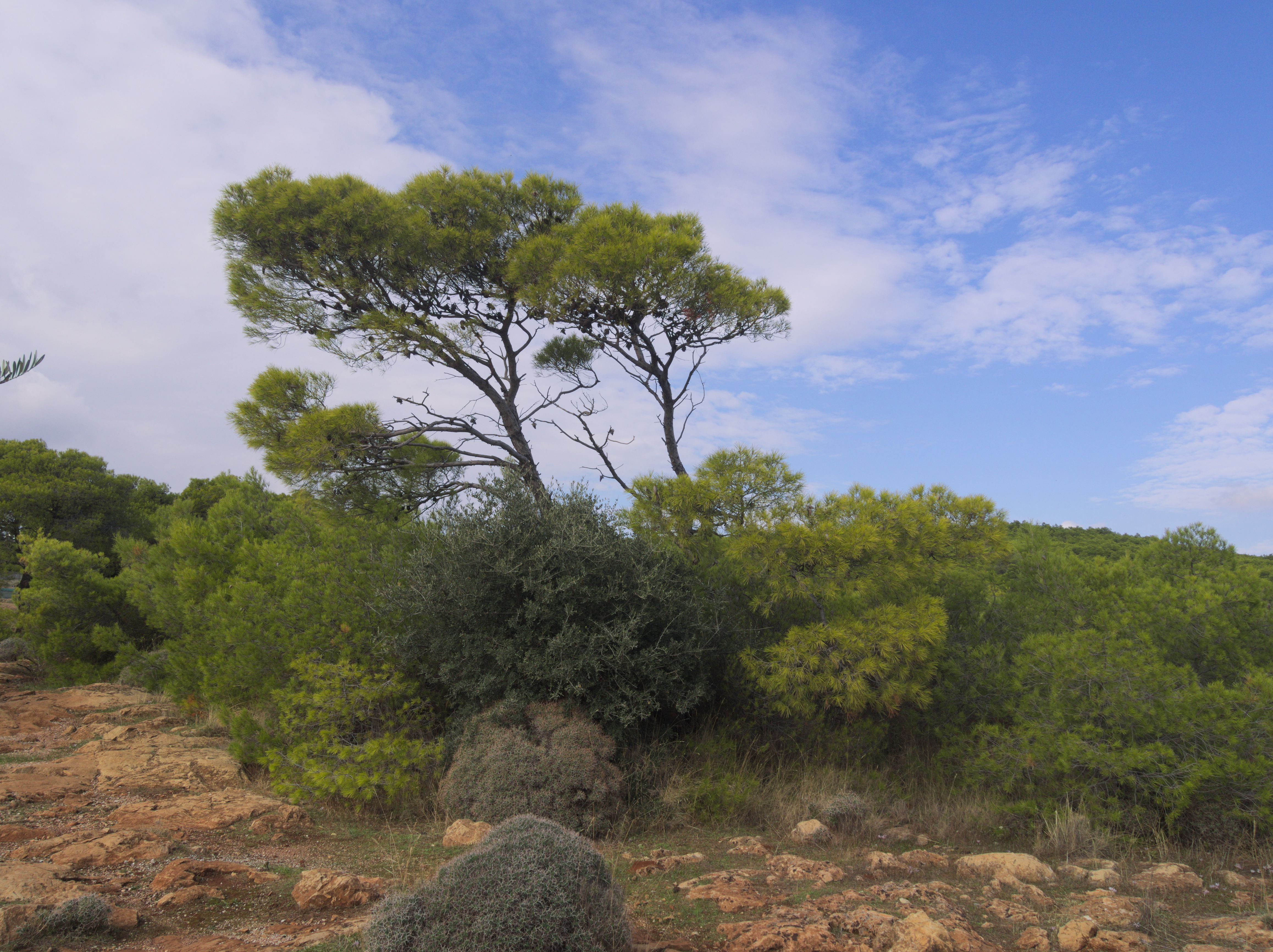Industrial production in the euro area and the European Union (EU) rose by 1.1 per cent year on year in August 2025, while Cyprus outperformed that rate with an annual increase of 2.4 per cent, according to the latest data published by Eurostat.
On a monthly basis, however, both the euro area and the EU recorded declines, while Cyprus showed a relatively stable performance compared with other member states.
Eurostat reported that industrial production fell by 1.2 per cent in the euro area and by 1.0 per cent in the EU in August 2025 compared with July 2025.
Within the euro area, production decreased across all major industrial sectors, except for non-durable consumer goods, which recorded a 0.1 per cent increase.
At the level of the 27 EU member states, production remained unchanged for intermediate goods, but fell in all other categories, including capital goods, energy, and durable consumer goods.
The largest monthly declines were recorded in Germany (-5.2 per cent), Greece (-4.5 per cent) and Austria (-3.1 per cent), while the biggest increases occurred in Ireland (+9.8 per cent), Luxembourg (+4.8 per cent) and Sweden (+3.6 per cent).
In contrast, Cyprus’s monthly industrial output remained unchanged, indicating resilience amid widespread declines elsewhere in the bloc.
On an annual basis, euro area production fell in intermediate goods, energy, capital goods, and durable consumer goods, but rose for non-durable consumer goods, which saw a sharp 8.2 per cent increase.
In the EU as a whole, production also declined for intermediate goods, energy, and durable consumer goods, but increased slightly for capital goods (+0.5 per cent) and more strongly for non-durable consumer goods (+6.5 per cent).
The highest annual increases were recorded in Ireland (+28.6 per cent), Luxembourg (+9.5 per cent) and Sweden (+8.3 per cent), while the steepest declines were observed in Bulgaria (-8.6 per cent), Slovakia (-6.3 per cent) and Denmark (-5.0 per cent).
With its 2.4 per cent annual increase, Cyprus was among the few EU countries to post a positive year-on-year change in industrial output, underlining the relative stability of the island’s industrial sector compared with much of Europe.







Click here to change your cookie preferences